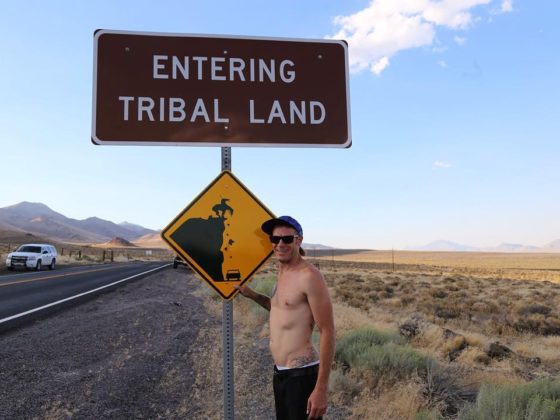1. Behave as an ally.
You’re there to do service for the people of the Standing Rock Sioux Nation as they protect their water and lives from the Dakota Access Pipeline (DAPL). They are not there to be your hosts, cultural guides, tourist attractions, misery porn, or to bolster your career, or to help you earn “street cred” in the activist community.
We are not helpless, downtrodden, Native Americans that need a (white) savior to rescue us. There are roughly 280 Native Nations and 4,000 people at the camps. We need allies, not patronizing people with a God complex who drown out our voices by further colonizing our spaces. Assist the people of Standing Rock in whatever manner they ask of you.
